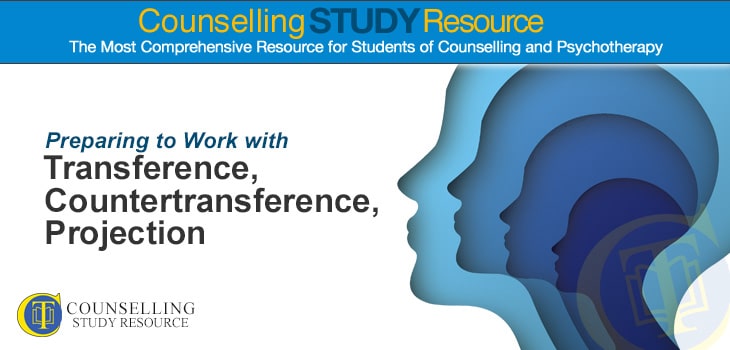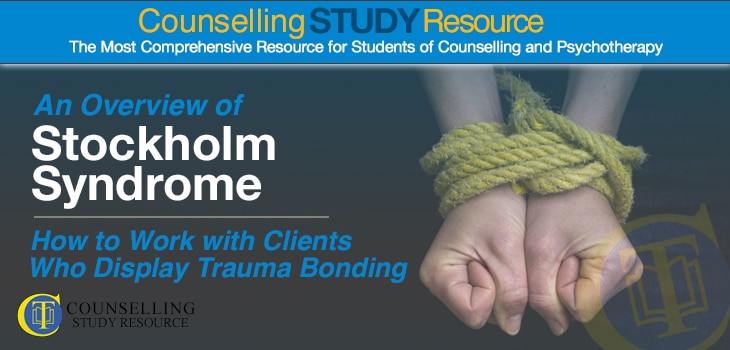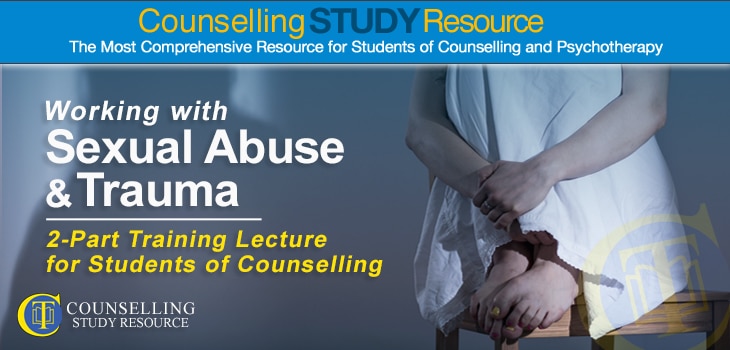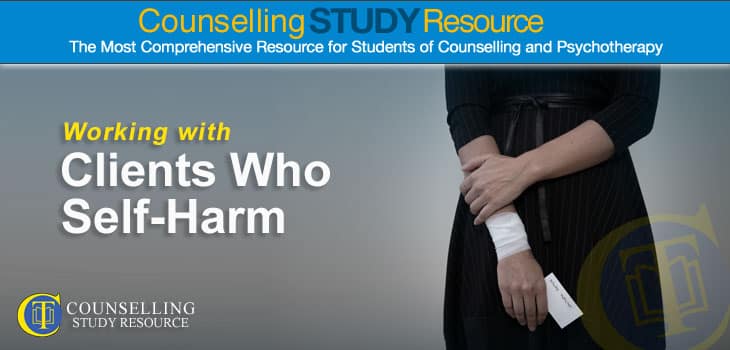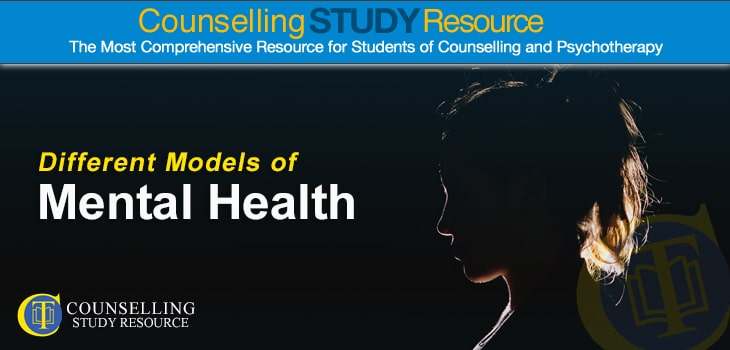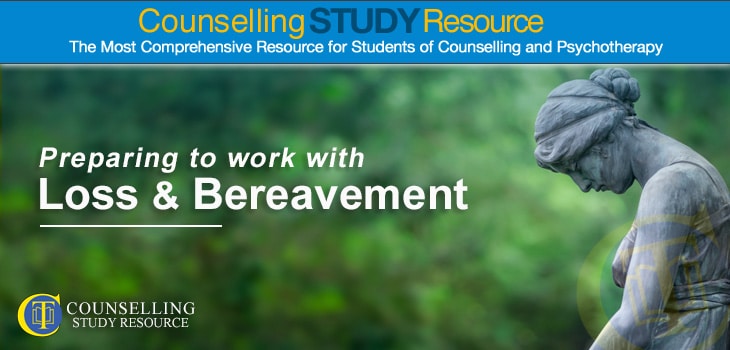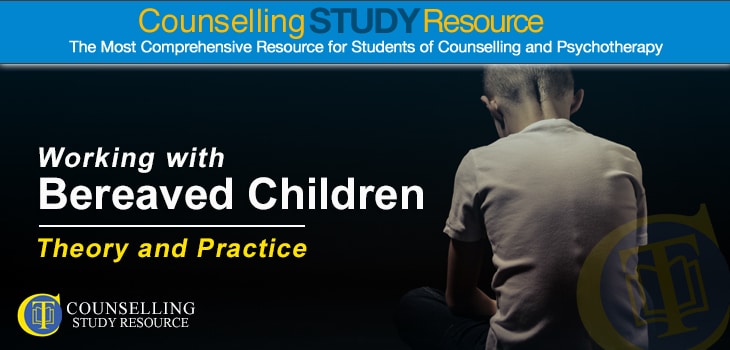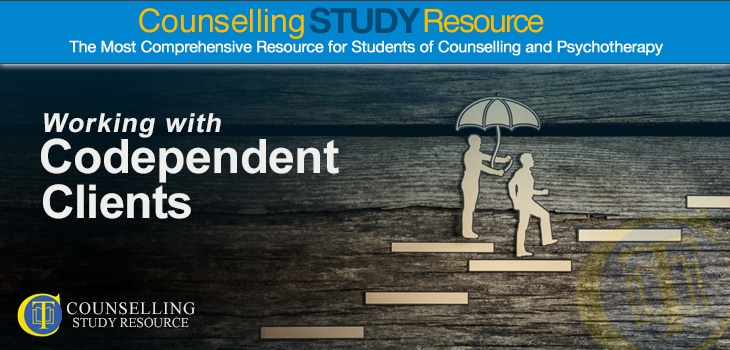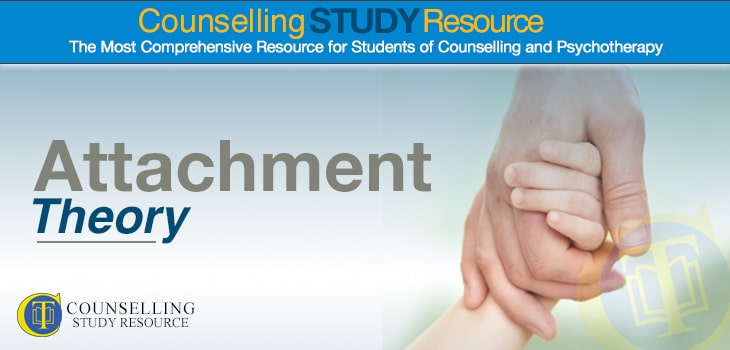Transference, Countertransference and Projection
Transference, Countertransference and Projection Origin of the Concept of Transference Viennese psychoanalyst Sigmund Freud first identified the phenomenon of transference in 1901, when he worked with a client called Dora. In hindsight, he realised that the reason she had not completed treatment with him was that he had failed to recognise that she saw him […]
Transference, Countertransference and Projection Read More »
